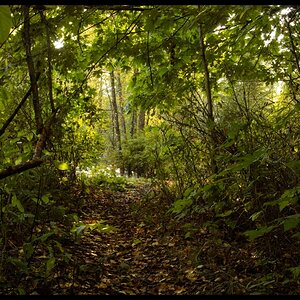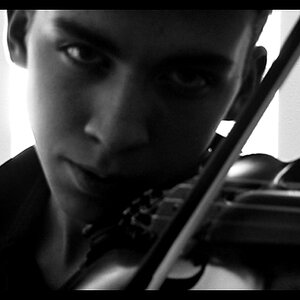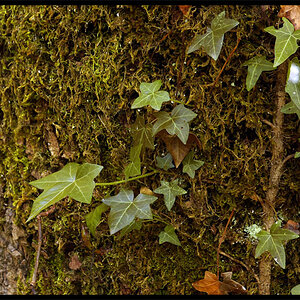Johnw7127
TPF Noob!
- Joined
- Mar 1, 2007
- Messages
- 29
- Reaction score
- 0
- Can others edit my Photos
- Photos NOT OK to edit
Hi all,
Any bird experts out there? I'd love to know the name of this bird I took a shot of.

I posted about this photo in my blog (www.johnwphotography.blogspot.com) and I realized I had no clue about what kind of bird it was. It was quite a singer (not a chirper) if that helps.
Thanks!
Any bird experts out there? I'd love to know the name of this bird I took a shot of.

I posted about this photo in my blog (www.johnwphotography.blogspot.com) and I realized I had no clue about what kind of bird it was. It was quite a singer (not a chirper) if that helps.
Thanks!



 and hope along with JohnW that there will be members coming to this forum who know their birds. For although my maiden name was "Vogel" (look it up if you don't know what it translates into
and hope along with JohnW that there will be members coming to this forum who know their birds. For although my maiden name was "Vogel" (look it up if you don't know what it translates into 


![[No title]](/data/xfmg/thumbnail/32/32638-22cfef06fc91cb3aee39b7b55c36198d.jpg?1619735555)
![[No title]](/data/xfmg/thumbnail/35/35946-771bfce9b2727c9126587d96c471da80.jpg?1619737254)




![[No title]](/data/xfmg/thumbnail/33/33496-cbbeddf3051451b7c3d3db2cd5ed1dc0.jpg?1619736004)

